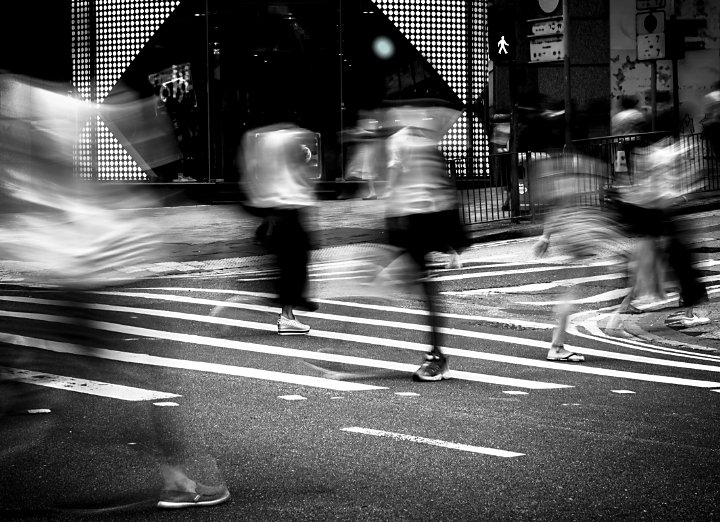The 4-Minute Rule for Street Photographers
The 4-Minute Rule for Street Photographers
Blog Article
The Ultimate Guide To Street Photographers
Table of ContentsStreet Photographers Things To Know Before You BuyStreet Photographers Fundamentals ExplainedThings about Street PhotographersAn Unbiased View of Street PhotographersStreet Photographers - Questions
Street digital photographers do not necessarily have a social objective in mind, however they prefer to separate and capture minutes which may or else go unnoticed.He was affected by several of those who influenced the road photographers of the 1950s and '60s, he was not mainly interested in recording the spirit of the road., who worked side by side with digital photographers attempting to catch the significance of urban life.
As opposed to Atget, digital photographer Charles Marville was hired by the city of Paris to create an encyclopaedic document of Haussmann's urban planning project as it unfolded, thus old and new Paris. While the photographers' subject was essentially the same, the outcomes were significantly different, showing the impact of the professional photographer's bent on the personality of the photos he generated.
Given the fine high quality of his pictures and the breadth of product, architects and artists typically acquired Atget's prints to make use of as reference for their own work, though commercial rate of interests were barely his primary motivation. Instead, he was driven to photograph every last remnant of the Paris he loved. The mingled interest and urgency of his goal sparkle through, causing photos that tell his own experience of the city, top qualities that prepared for road photography of the 20th century.
Some Of Street Photographers
They reveal the city via his eyes. His work and basic understanding of digital photography as an art form worked as motivation to generations of professional photographers that followed. The following generation of street digital photographers, though they likely did not refer to themselves thus, was ushered in by the photojournalism of Hungarian-born photographer Andr Kertsz.
Unlike his peers, Brassa used a larger-format Voigtlnder cam with a much longer exposure time, requiring him to be much more calculated and thoughtful in his method than he could have been if using a Leica.
Cartier-Bresson was a champion of the Leica electronic camera and one of the very first photographers to maximize its abilities. The Leica permitted the photographer to engage with the environments and to record moments as they occurred. Its fairly tiny dimension also helped the professional photographer discolor right into the history, which was Cartier-Bresson's recommended approach.
How Street Photographers can Save You Time, Stress, and Money.
It is due to this basic understanding of the art of image taking that he is usually attributed with discovering the tool around once again about a century since its innovation. He took photographs for why not try these out even more than a half century and affected generations of digital photographers to trust their eye and intuition in the moment.
These are the questions I will attempt to answer: And then I'll leave you with my very own meaning of street photography. Yes, we do. Allow's begin with defining what an interpretation is: According to (Street Photographers) it is: pop over to this web-site "The act of specifying, or of making something definite, unique, or clear"
No, certainly not. The term is both limiting and misleading. Appears like a street digital photography must be pictures of a roads ideal?! And all street digital photographers, with the exception of a tiny number of outright beginners, will completely appreciate that a road is not the essential part to street digital photography, and really if it's a photo of a road with maybe a couple of boring individuals doing nothing of interest, that's not street digital photography that's a snapshot of a road.
Street Photographers Things To Know Before You Buy
He makes a legitimate point do not you think? However, while I concur with him I'm not certain "candid public photography" will certainly catch on (although I do type of like the term "honest photography") because "street digital photography" has actually been around for a very long time, with lots of masters' names affixed to it, so I believe the term is here to remain.
You can shoot at the beach, at an event, in a street, in a park, in a piazza, in a cafe, at a museum or art gallery, in a city terminal, at an event, on a bridge, under a bridge ...
Yes, I'm afraid we scared no choice! Without policies we can not have a meaning, and have a peek at these guys without an interpretation we don't have a category, and without a style we do not have anything to specify what we do, and so we are stuck in a "rules definition category" loophole!
A Biased View of Street Photographers

Report this page